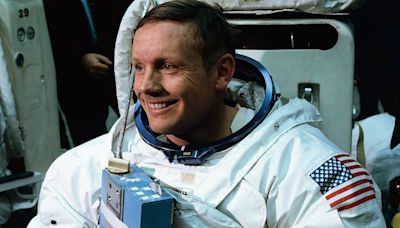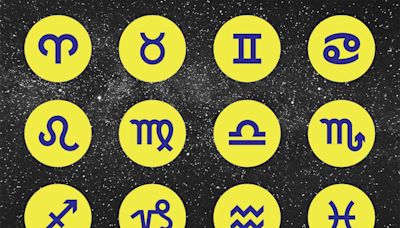Search results
3 days ago · The Moon is Earth 's only natural satellite. It orbits at an average distance of 384,400 km (238,900 mi), about 30 times the diameter of Earth. Over time Earth's gravity has caused tidal locking, causing the same side of the Moon to always face Earth.
2 days ago · Moon, Earth ’s sole natural satellite and nearest large celestial body. Known since prehistoric times, it is the brightest object in the sky after the Sun. It is designated by the symbol ☽. Its name in English, like that of Earth, is of Germanic and Old English derivation.
5 days ago · The Moon displays these eight phases one after the other as it moves through its cycle each month. It takes about 27.3 days for the Moon to orbit Earth. However, because of how sunlight hits the Moon, it takes about 29.5 days to go from one new moon to the next new moon. Here’s what the Moon looks like right now from Earth:
Jun 3, 2024 · From Earth, it might look like the Moon is changing shape each night – from a tiny sliver to a half moon to a full moon and back again. What’s actually happening is that from our spot on Earth, we see different parts of the Moon lit up by the Sun as the Moon travels in its orbit.
Sep 7, 2023 · Studying and understanding the Moon offers valuable insights into the cosmos and our place within it. So, the next time you look up at the Moon, remember that it’s more than just meets the eye.
May 31, 2024 · See what moon phase it is tonight and find out when you can see the rest of the moon phases for 2024.
Aug 30, 2023 · The phases of the Moon and their role in solar eclipses showcase the intricate relationships between Earth, the Moon, and the Sun. Observing the Moon’s changing appearance and experiencing the...
May 15, 2024 · Moon, any natural satellite orbiting another body. In the solar system there are 219 moons orbiting the planets. Earth, Mars, Jupiter, Saturn, Uranus, and Neptune have 1, 2, 92, 83, 27, and 14 moons, respectively.
Jan 11, 2024 · The orbit changes over the course of the year so the distance from the Moon to Earth roughly ranges from 357,000 km to 407,000 km, giving velocities ranging from 1.100 to 0.966 km/s.
Jun 3, 2024 · Supermoon, Blood Moon, Blue Moon and Harvest Moon. Learn about the different names we have for a full moon! explore; All About the Moon. The biggest planet in our solar system . explore; Make Oreo Moon Phases! For the New Moon, you must eat all the creme filling! do; Build a Moon Habitat!






